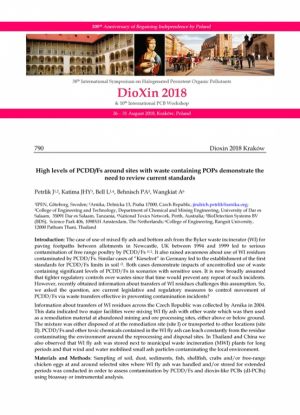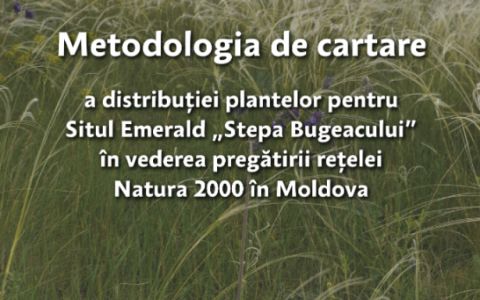This is the abstract of the presentation at the Dioxin 2018 Symposium held in Kraków, Poland August 26-31, 2018.
The introduction of the abstract says: "The case of mixed fly ash and bottom ash from the Byker Waste Incinerator (WI) for paving footpaths between allotments in Newcastle, UK between 1994 and 1999 led to serious contamination of free-range poultry by PCDD/Fs 1,2.
Similar cases of “Kieselrot” in Germany led to the establishment of the first PCDD/F standards in soil3. Both cases demonstrate impacts of the uncontrolled use of waste containing significant levels of PCDD/Fs in scenarios with sensitive uses. It is now widely assumed that there are tighter regulatory controls over wastes, since time would prevent any repeat of such incidents. However, recently obtained information about WI transfers challenges this assumption. So, we asked the question, are the current legislative and regulatory measures to control the movement of PCDD/Fs via waste transfers effective in preventing contamination incidents?







